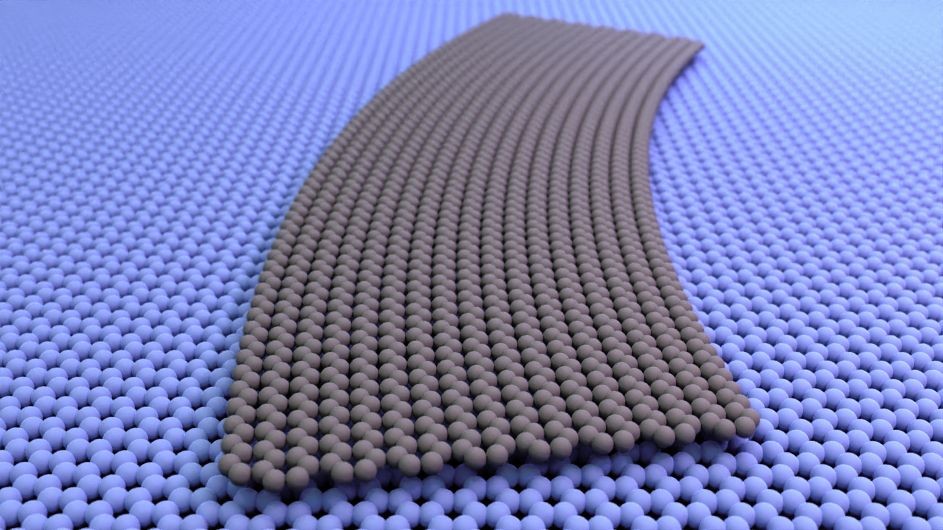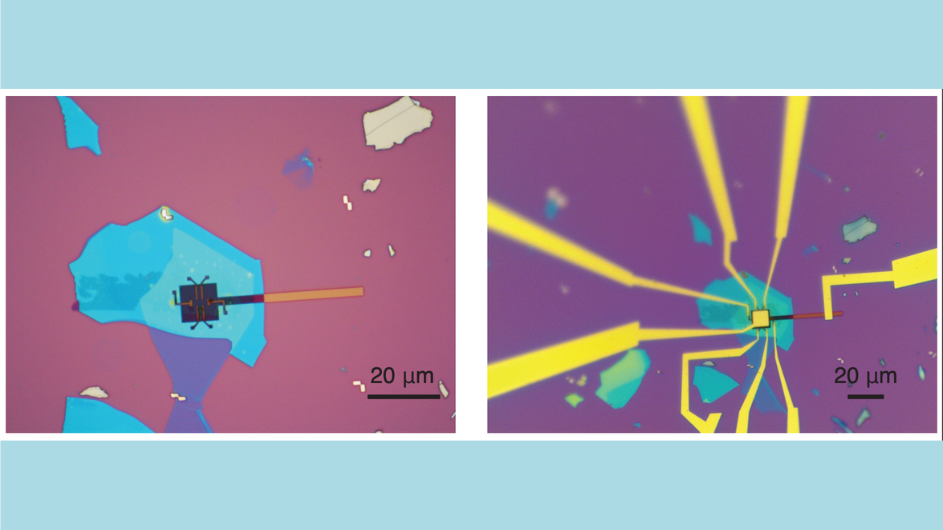2023 Recap from Columbia Quantum's Highly Cited Researchers
Six Columbia Quantum Initiative researchers made Clarivate’s Highly Cited Researcher list this year. Here are a few highlights from 2023.
Dmitri Basov: Negative refraction in hyperbolic hetero-bicrystals.
Abstract: We visualized negative refraction of phonon polaritons, which occurs at the interface between two natural crystals. The polaritons—hybrids of infrared photons and lattice vibrations—form collimated rays that display negative refraction when passing through a planar interface between the two hyperbolic van der Waals materials: molybdenum oxide (MoO3) and isotopically pure hexagonal boron nitride (h11BN). At a special frequency ω0, these rays can circulate along closed diamond-shaped trajectories. We have shown that polariton eigenmodes display regions of both positive and negative dispersion interrupted by multiple gaps that result from polaritonic-level repulsion and strong coupling.
This work was published in Science in February.
Cory Dean: Programming twist angle and strain profiles in 2D materials
Abstract: Moiré superlattices in twisted two-dimensional materials have generated tremendous excitement as a platform for achieving quantum properties on demand. However, the moiré pattern is highly sensitive to the interlayer atomic registry, and current assembly techniques suffer from imprecise control of the average twist angle, spatial inhomogeneity in the local twist angle, and distortions caused by random strain. We manipulated the moiré patterns in hetero- and homobilayers through in-plane bending of monolayer ribbons, using the tip of an atomic force microscope. This technique achieves continuous variation of twist angles with improved twist-angle homogeneity and reduced random strain, resulting in moiré patterns with tunable wavelength and ultralow disorder. Our results may enable detailed studies of ultralow-disorder moiré systems and the realization of precise strain-engineered devices.
This work was published in Science in August.
Alexander Gaeta: Large regenerative parametric amplification on chip at ultra-low pump powers
Abstract: Chip-based optical amplifiers can significantly expand the functionalities of photonic devices. In particular, optical-parametric amplifiers (OPAs), with engineerable gain spectra, are well suited for nonlinear-photonic applications. Chip-based OPAs typically require long waveguides that occupy a large footprint, and high pump powers that cannot be easily produced with chip-scale lasers. We theoretically and experimentally demonstrate a microresonator-assisted regenerative OPA that benefits from the large nonlinearity enhancement of microresonators and yields a high gain in a small footprint. ...The combination of high gain, small footprint, low pump power, and flexible gain-spectrum engineering of our regenerative OPA is ideal for amplifying signals from the nanowatt to microwatt regimes for portable or space-based devices where ultralow electrical power levels are required and can lead to important applications in on-chip optical-, and microwave-frequency synthesis and precise timekeeping.
This paper was published in Optica in July.
James Hone: Coupled ferroelectricity and superconductivity in bilayer Td-MoTe2
Abstract: Achieving electrostatic control of quantum phases is at the frontier of condensed matter research. Recent investigations have revealed superconductivity tunable by electrostatic doping in twisted graphene heterostructures and in two-dimensional semimetals such as WTe2.. Some of these systems have a polar crystal structure that gives rise to ferroelectricity, in which the interlayer polarization exhibits bistability driven by external electric fields. Here we show that bilayer Td-MoTe2 simultaneously exhibits ferroelectric switching and superconductivity.
This paper was published in Nature in January.
Michal Lipson: Widely tunable and narrow-linewidth chip-scale lasers from near-ultraviolet to near-infrared wavelengths
Abstract: Widely tunable and narrow-linewidth lasers at visible wavelengths are necessary for applications such as quantum optics, optical clocks and atomic and molecular physics. At present, the lasers are benchtop systems, which precludes these technologies from being used outside research laboratories. Here we demonstrate a chip-scale visible laser platform that enables tunable and narrow-linewidth lasers from near-ultraviolet to near-infrared wavelengths. ... These specifications of our chip-scale lasers have only been achieved previously using large state-of-the-art benchtop laser systems, making our lasers stand out as powerful tools for the next generation of visible-light technologies.
This paper was published in Nature Photonics in January.
Xiaoyang Zhu: A few-layer covalent network of fullerenes
Abstract: The two natural allotropes of carbon, diamond and graphite, are extended networks of sp3-hybridized and sp2-hybridized atoms, respectively. By mixing different hybridizations and geometries of carbon, one could conceptually construct countless synthetic allotropes. Here we introduce graphullerene, a two-dimensional crystalline polymer of C60 that bridges the gulf between molecular and extended carbon materials. Its constituent fullerene subunits arrange hexagonally in a covalently interconnected molecular sheet. We report charge-neutral, purely carbon-based macroscopic crystals that are large enough to be mechanically exfoliated to produce molecularly thin flakes with clean interfaces—a critical requirement for the creation of heterostructures and optoelectronic devices.
This paper was published in Science in January.



